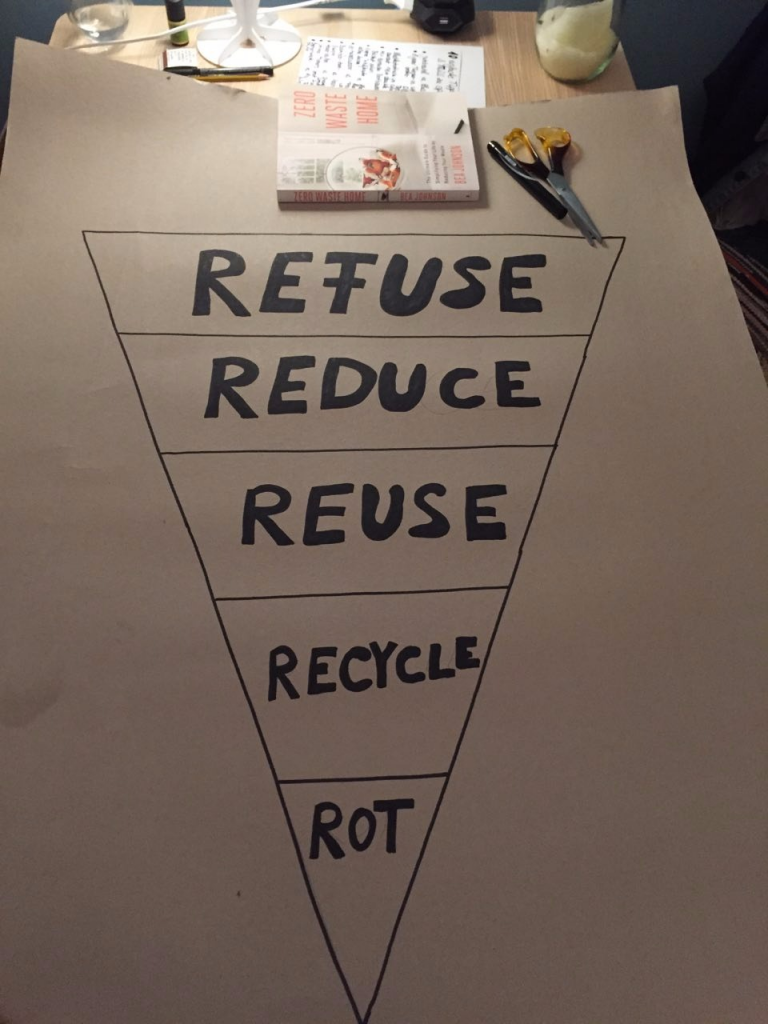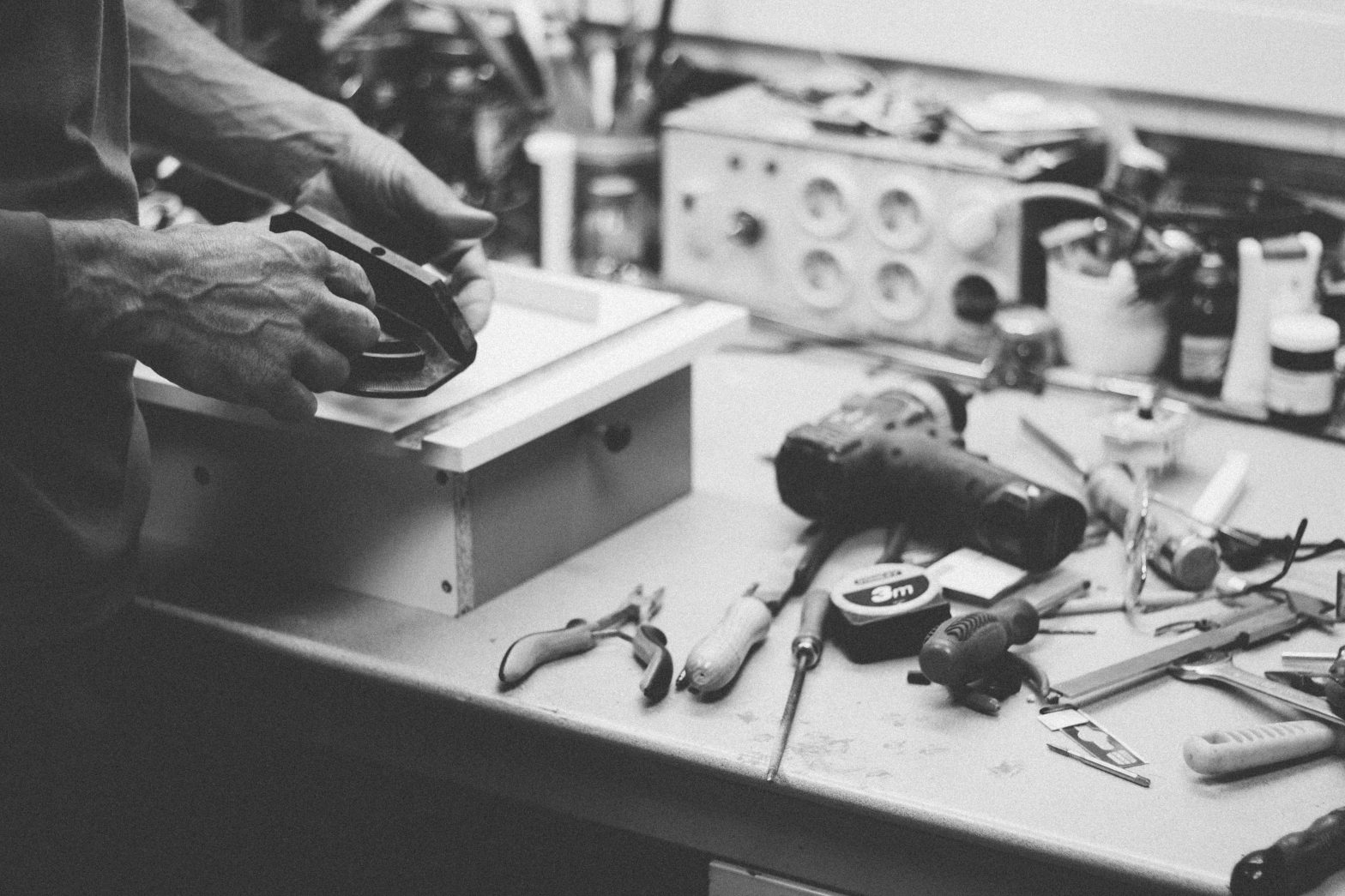Finland’s Circular Economy Roadmap emphasizes that all actors have a role to play: including governments, municipalities, businesses and citizens. While there is a lot of discussion about how businesses can transform their products and services for the circular economy (CE), and what municipalities could do to encourage more circular patterns, citizens’ potential to contribute to the CE does not get as much attention.
Although CE is assumed to bring economy-wide system transformations, the vision for circular citizens is surprisingly conventional. Citizens are envisioned to continue sorting of waste, to purchase goods from recycled materials, and to become more enthusiastic with using such services. Let us challenge the assumption that the biggest contribution of citizens to a CE is that of sorting waste and consuming the recycled goods. Next, we go on to explore a wider range of citizen activities that could create value for the CE, instead of using it up.
More than just recycling
On the level of citizens, CE is often operationalized via the 5Rs, or five concrete value retention strategies to slow the consumption cycles, namely: refuse, reduce, reuse, repair and recycle. The order of the 5R strategy is based on the waste management hierarchy principle, emphasizing the importance of a preventative approach (refuse and reduce the unnecessary) before resorting to the last option — recycling. The hierarchy is rooted in the laws of physics: first, nothing is 100% recyclable; and second, recyclability decreases with each round of reprocessing. To help citizens quickly grasp the idea of the hierarchy, it is often illustrated via the inverted pyramid, with the widest end devoted to refuse and reduce strategies, as the ones requiring greater attention and effort. Zero Waste and other citizen movements provide practical guidance on each of the R strategies, while communication about CE in municipalities and on policy level often overemphasizes the reuse and recycling aspects.

It is evident that being a circular citizen is more complex than merely sorting waste and responsible purchasing, but rather calls for profound changes in the lifestyles. This echoes our recent findings from a study of how CE is understood in the context of everyday life by young adults in Finland. Altogether 249 students from five different high schools in urban and semi-urban settings responded to our question of what they could do to take part in the CE through their everyday life activities. As young adults, they are more open to change and have access to various educational opportunities. So, exploring their perceptions has direct implications for shaping CE education and support measures to transform consumers into more versatile CE citizens. Let us take a look at the findings.
Perceptions of Circular Economy from Finnish High Schools
Recycling and reuse were the dominant ways of connecting the CE to everyday life, with numerous mentions of waste sorting, transporting to correct containers, re-selling used things and buying second-hand, especially clothing. In addition, many times other ecological behaviors were mentioned, like buying organic and fair trade, switching to vegetarian diet and using public transport. These activities, however, are already familiar from the linear economy setting and revolve around consumption of products and services. On the contrary, activities that are about adding or creating value — like repair, maintenance and upcycling — hardly came up in student responses, indicating low awareness of the importance of such activities in a CE.
“We shouldn’t just always take more from nature”

“Improving the wellbeing of planet Earth”
Almost one-fifth of the students referred to reduce and refuse strategies, acknowledging the need to buy less and focus on reconsidering the existing habits and ways of living. This is a promising finding for the CE if increasingly many more citizens start to recognize that the new economic system will be less driven by consumption. Moreover, some students described CE as an economy caring for nature, or directed at saving nature. Strengthening the thinking that economy should serve the well-being of nature (and not vice-versa) can facilitate the transition to less consumeristic lifestyles via greater appreciation for nature.
“I don’t know how I could participate more [in CE], but if I knew more things, I could do those that help the circular economy”
The need for more education on CE topics emerged as a separate theme. While only a few students admitted being uncertain of how they could contribute to a CE beyond recycling, some students also expressed an interest in learning more. Many aspects related to circularity may appear fuzzy for ordinary citizens: assessing durability, recyclability, repairability, upgradability or modularity is not easy. Educating about these aspects is a completely new type of content that has not been addressed so far through formal education.
Beyond consumption: value creation opportunities in CE
The findings from Finnish high schools are thought-provoking regarding the ways we communicate about CE. Clearly, more emphasis should be placed on citizen activities that relate to the wider end of the pyramid: refuse, reduce and repair. In practice, the reduce strategy, for example, implies training the skills of a “thrifter”, e.g. performing activities that prolong the useful life of goods to reduce the need to buy new ones. Enabling repair and upcycling requires explicit education and training of repair skills, which should be accessible to citizens of different ages and backgrounds. While formal education is not yet up-to-date with all CE-related content, citizens that blog about simpler lifestyles, zero waste, and produce videos on repair and maintenance of goods are already performing valuable educational services for the economy. Moreover, they are able to reach audiences that are no longer in the educational system.
No doubt that businesses are important for circular innovations, eliminating planned obsolescence and shifting towards provision of services rather than sales of goods. At the same time, supporting a wider range of citizen activities for the CE could accelerate the transition process and encourage new kinds of cooperation between multiple actors, including businesses and municipalities. For example, organizing the training of repair skills requires organizing spaces with a wide range of tools and materials, usually unavailable in schools. Enabling supervised practice of repair skills calls for the presence of qualified adults and may open possibilities for engaging senior citizens. Could schools, municipalities and businesses cooperate to enable such repair spaces? The exploration has just begun and every one of us has a role.
Please share your ideas about value creating citizen activities and help us make these activities visible! Comment below or contact the Circular Citizens project to be part of the exploration.

This blog post is based on a study by Korsunova, A., Horn, S. and Vainio, A. 2021. Understanding circular economy in everyday life: Perceptions of young adults in the Finnish context. Sustainable Production and Consumption 26, 759-769. https://doi.org/10.1016/j.spc.2020.12.038
Acknowledgements
The author would like to thank Finnish high school students for providing their thoughts on what circular economy means and high school teachers who made this collaboration possible.
*Featured Image Credit: Photo by el alce web, on Unsplash.
About The Author
Angelina Korsunova is a post-doctoral researcher in the Research Group on Behavioural Change Toward Sustainability at the Faculty of Agriculture and Forestry, and member of HELSUS, University of Helsinki. Angelina is leading a 3-year project “Beyond Rules and Obligations: Exploring Citizen Motivations and Routes for Becoming Active in Circular Economy in Russia and Finland” awarded by Kone Foundation (https://www.circular-citizens.com/)
References:
Hobson, K., 2016. Closing the loop or squaring the circle? Locating generative spaces for the circular economy. Prog. Hum. Geogr. 40 (I), 88-104. https://doi.org/10.1177/0309132514566342
Reike, D., Vermeulen W.J.V., Witjes, S., 2018. The circular economy: New or Refurbished as CE 3.0? — Exploring Controversies in the Conceptualization of the Circular Economy through a Focus on History and Resource Value Retention Options. Resour. Conserv. Recycl. 135, 246-264. https://doi.org/10.1016/j.resconrec.2017.08.027
Suarez-Eiroa, B., Fernandez, E., Mendez-Martinez, G., Soto-Onate, D., 2019. Operational principles of circular economy for sustainable development: Linking theory and practice. J. Clean. Prod. 214, 952-961. https://doi.org/10.1016/j.jclepro.2018.12.271
Zink, T., Geyer, R., 2017. Circular Economy Rebound. J. Ind. Ecol. 21 (3), 593-602. https://doi.org/10.1111/jiec.12545

